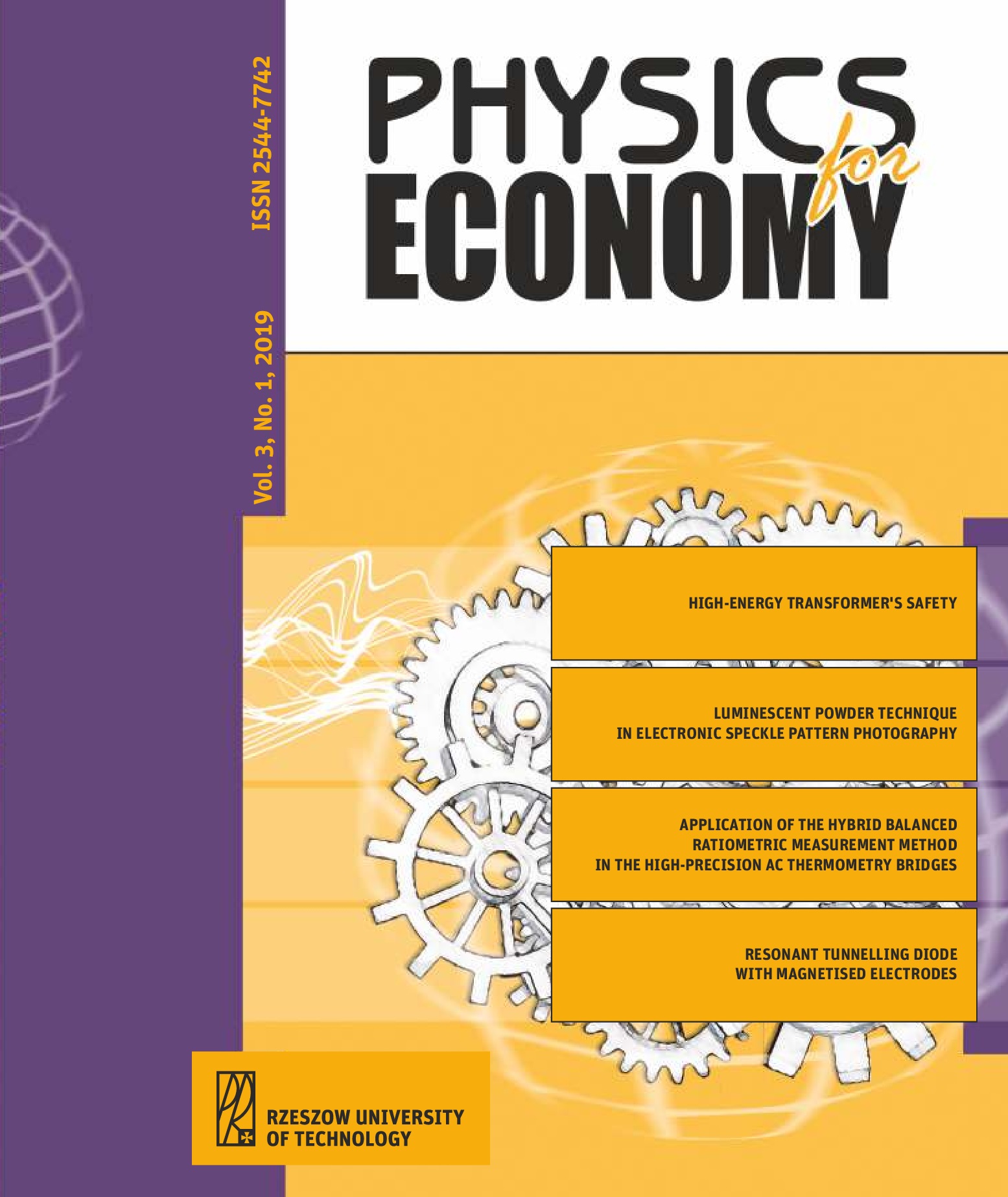Abstract
This paper is the review of our study published in J Appl Phys 115, 233509 (2014) and J Mater Sci 53, 2034 (2018). In it, we examined the possibility of fabricating the metamaterial, which is both gyrotropic and of the simultaneously negative permittivity and permeability. Our idea was to use the three-component mixture of ingredients, where one of them is responsible for the negative effective permeability µeff of hypothetical metamaterial, while all three are responsible for the negative value of effective permittivity εeff. At first we considered the following composite: the first component was the “swarm” of single-domain ferromagnetic nanoparticles, immersed in a mixture of other two, silver and mercury cadmium telluride. Then, as fabrication of the Hg1-x Cdx Te is related to using mercury which is very poisoning, we tried to exclude this material substituting it by Pb1-x Snx Te. Additionally, taking into account that silver is relatively expensive material, we have also used Cu and Al particles as the cheaper substitute of it. We have shown by computer simulations that by the proper fitting of the parameters, e.g., the radius of nanoparticles, their magnetic moments, the relative concentration of ingredients, etc., it is possible to obtain the double-negative metamaterial, that is with negative refraction index in a relatively broad range of temperatures and magnetic fields. The last seems to be very promising in terms of practical applications of metamaterials.
References
W. Cai and V. Shalaev, Optical Metamaterials: Fundamentals and Applications (Springer-Verlag, Berlin, 2010)
L. Solymar and E. Shamonina, Waves in Metamaterials (Oxford University Press, New York, 2009)
V.G. Veselago, Sov. Phys. Usp. 10, 509–514 (1968)
V.M. Agranovich and Y.N. Gartstein, Phys. Usp. 49, 1029–1044 (2006)
Smith D.R., Padilla W.J., Vier D.C., Nemat-Nasser SS, Schultz S Phys Rev Lett 80: 4284 (2000)
Pendry J.B., Holden A.J., Robbins D.J., Steward W.J., IEEE Trans Microw Theory Tech 47:2075 (1999)
T.G. Mackay and A. Lakhtakia, Phys. Rev. E 69, 026602 (2004)
J.B. Pendry, Science 306, 1353 (2004)
S. Tretyakov, J. Electromagn. Waves Appl. 17, 695 (2003)
Y. Jin and S. He, Opt. Express 13, 4974 (2005)
C. Monzon and D.W. Forester, Phys. Rev. Lett. 95, 123904 (2005)
Q. Cheng and T.J. Cui, Phys. Rev. B 73, 113104 (2006)
I. Tralle, P. Zięba, W. Paśko, J. Appl Phys 115, 233509 (2014) On the new types of composite metamaterials 65
W. Paśko, I. Tralle, K. Majchrowski, P. Zięba, A. Çoruh, J. Mater Sci 53, 2034–2044 (2018)
L. Landau and E. Lifshitz, Electrodynamics of Continuous Media (Addison-Wesley, MA, 1960)
D. Givord, Q. Lu, and M.F. Rossignol, in Science and Technology of Nanostructured Materials, edited by G.C. Hadjipanayis and G.A. Prinz (Plenum, New York, 1991), p. 635
J.L. Gittelman, B. Abeles, and S. Bozowski, Phys. Rev. B 9, 3891–3897 (1974)
O. Levy and D. Stroud, Phys. Rev. B 56, 8035–8046 (1997)
J.C.M. Garnett, Philos. Trans. R. Soc. London, Ser. B 203, 385 (1904)
R. Landauer, AIP Conf. Proc. 40, 2 (1978)
D.A.G. Bruggeman, Annalen der Physik 416(7), 636–664 (1935)
T. Mackay and A. Lakhtakia, Microwave Opt. Technol. Lett. 47, 313–315 (2005)
R.A. Shelby, D.R. Smith, and S. Schultz, Science 292(5514), 77–79 (2001)


